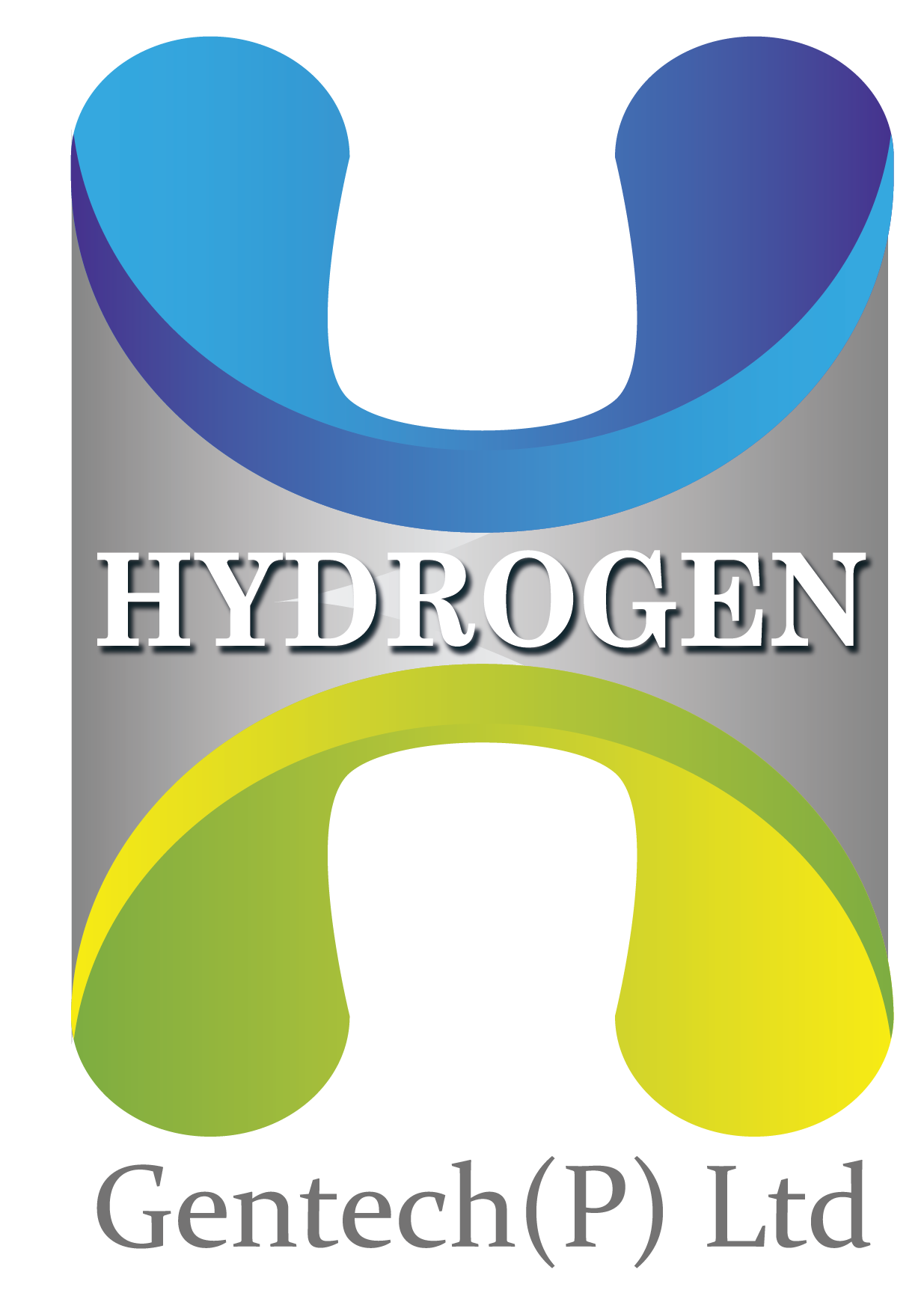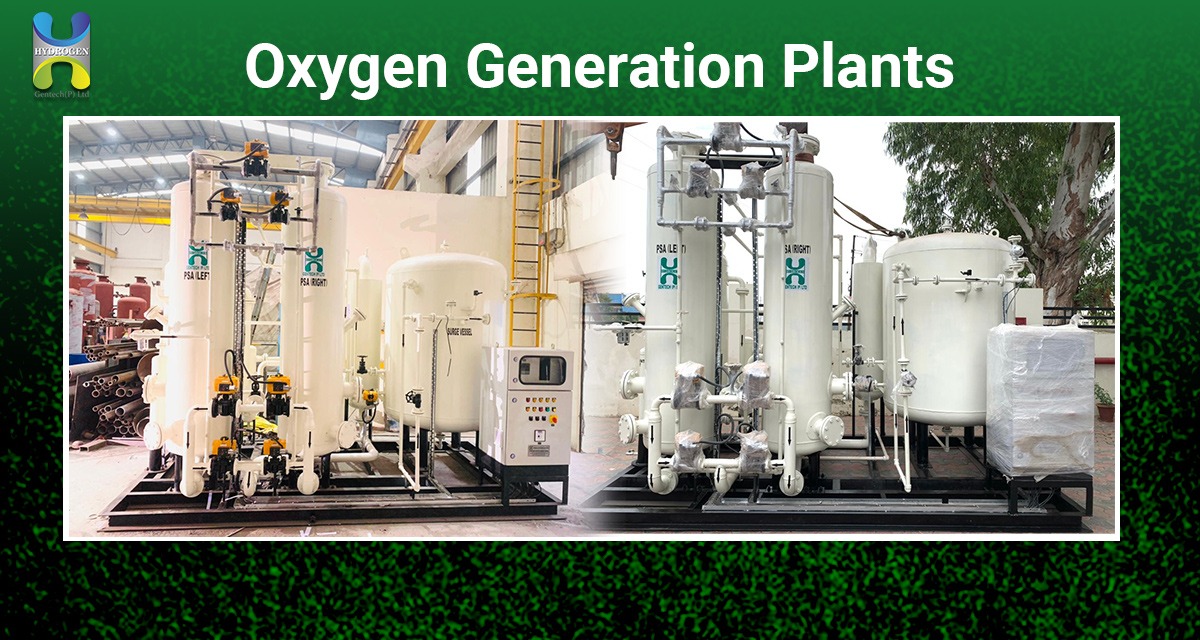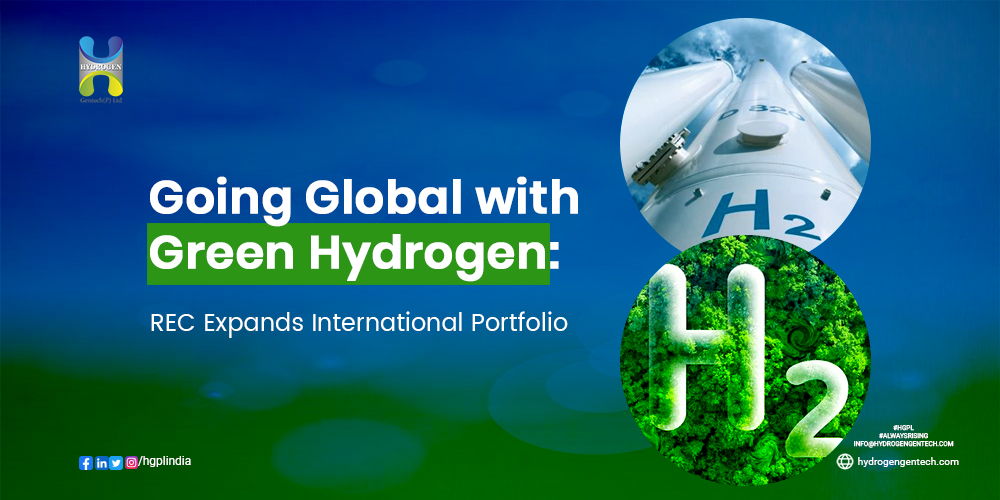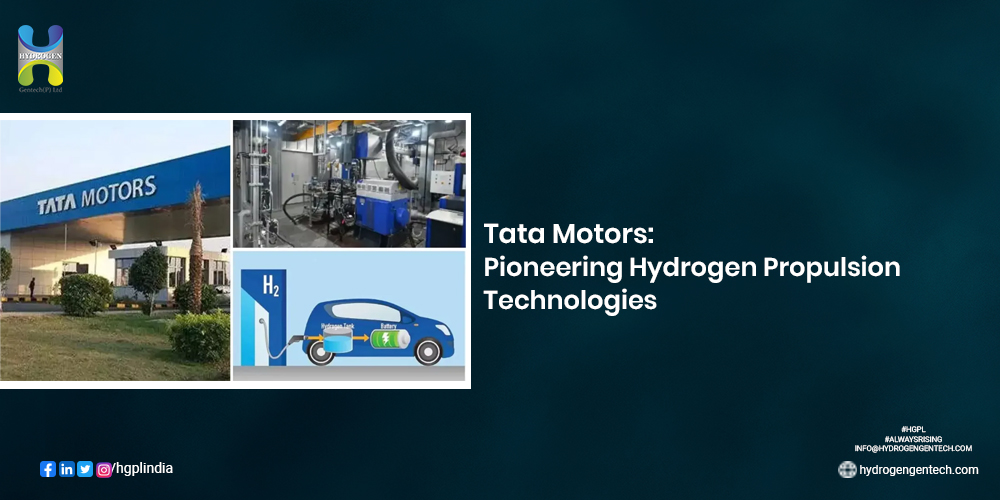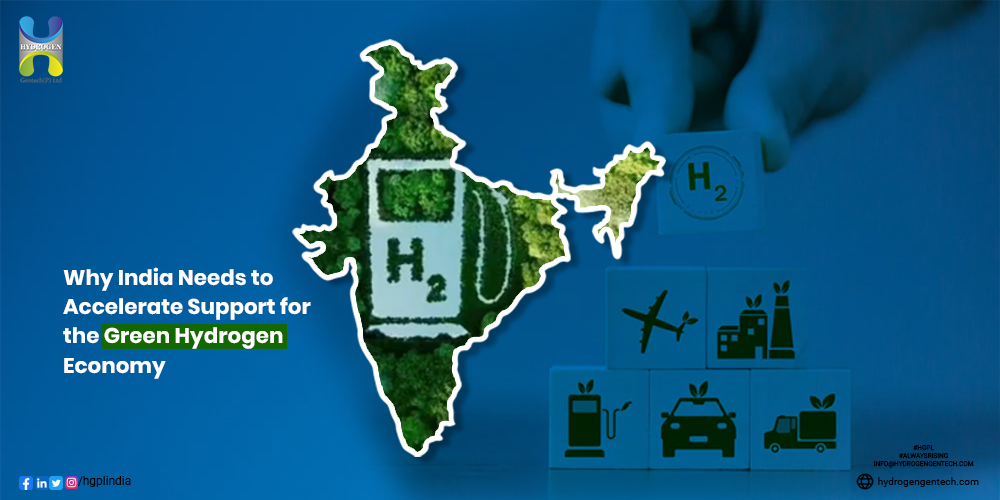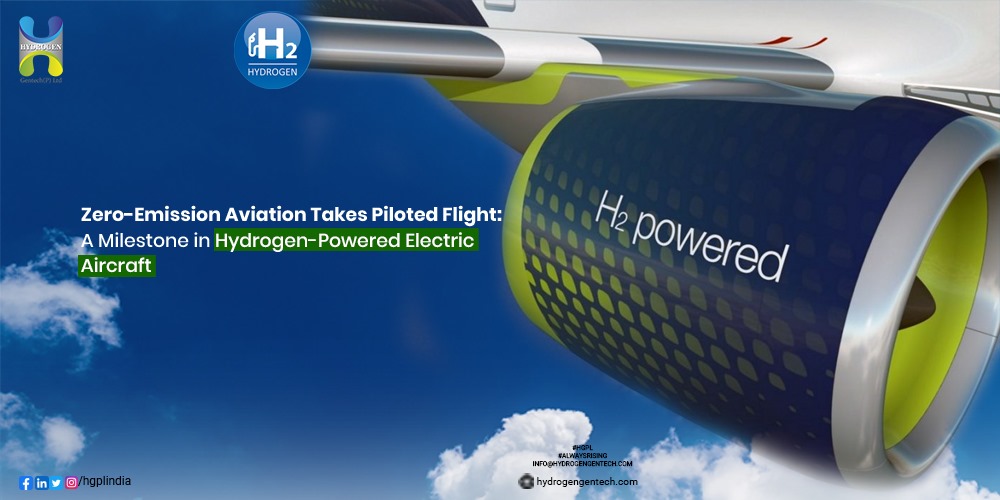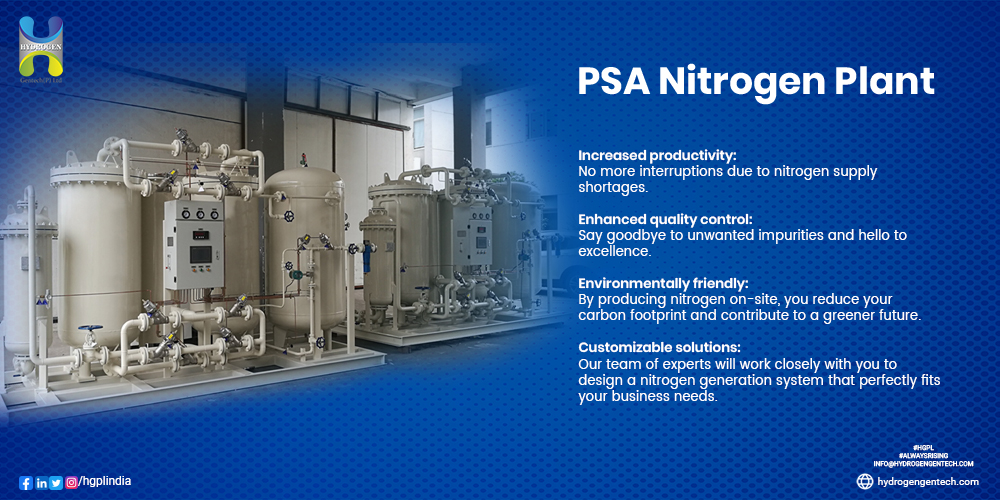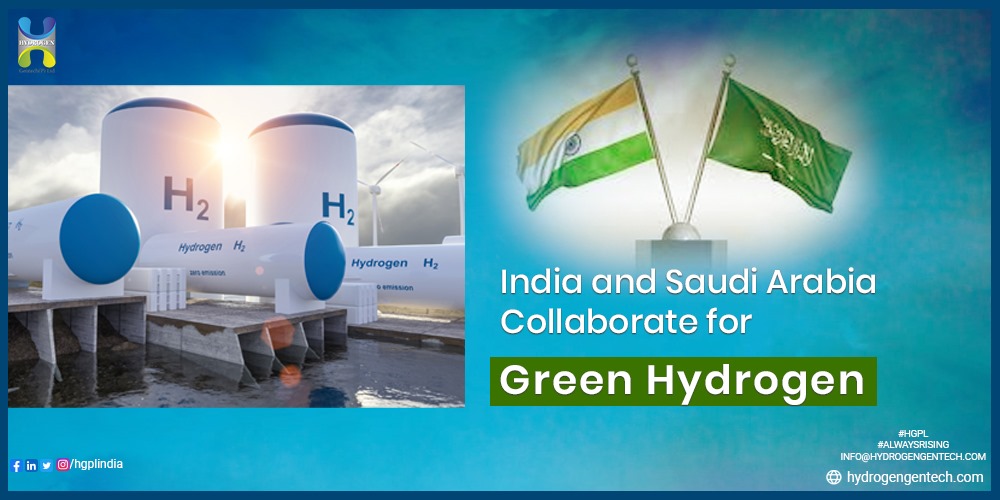The world is rapidly embracing renewable energy sources to combat climate change and transition towards a sustainable future. In this endeavor, green hydrogen has emerged as a promising solution. India, recognizing the immense potential of green hydrogen, has launched the National Green Hydrogen Mission (NGHM) to drive the adoption and production of this clean energy source. This article explores the key aspects of India’s NGHM, including its objectives, proposed mandates, and the potential impact on various sectors.
1. Introduction to India’s National Green Hydrogen Mission
India’s NGHM aims to establish India as a global leader in green hydrogen production and utilization. The mission focuses on leveraging the vast renewable energy resources available in the country to produce green hydrogen through electrolysis, a process that uses electricity from renewable sources to split water molecules into hydrogen and oxygen. By promoting the adoption of green hydrogen across diverse sectors, the mission seeks to reduce carbon emissions, enhance energy security, and drive economic growth.
2. Objectives of the National Green Hydrogen Mission
The NGHM sets forth several objectives to guide the implementation of the mission. These objectives include:
• Promoting Green Hydrogen Production: The mission aims to facilitate the large-scale production of green hydrogen by establishing dedicated hydrogen production plants powered by renewable energy sources.
• Creating Demand for Green Hydrogen: To encourage the uptake of green hydrogen, the mission proposes mandatory consumption obligations for sectors such as fertilizer and refining industries, which are already significant hydrogen consumers.
• Enabling Technology Development: The NGHM emphasizes the need for innovation and technology development in the green hydrogen sector. It encourages research and development activities to improve the efficiency and cost-effectiveness of electrolysis technologies.
• Building Infrastructure: The mission recognizes the importance of developing a robust infrastructure to support the production, storage, and distribution of green hydrogen. It aims to establish hydrogen hubs, storage facilities, and a network of hydrogen refueling stations.
• Facilitating International Cooperation: The NGHM seeks to foster collaboration with international partners to leverage global best practices, attract investments, and facilitate knowledge exchange in the green hydrogen domain.
3. Mandates for Green Hydrogen Consumption
To accelerate the adoption of green hydrogen, the NGHM proposes the introduction of mandatory consumption obligations (GHCO) for sectors that are already utilizing hydrogen, albeit in the form of grey hydrogen. The initial focus is on sectors such as fertilizer and refining, which have significant hydrogen consumption.
The introduction of GHCO would complement existing fiscal incentives provided under initiatives like Strategic Interventions for Green Hydrogen Transition (SIGHT). These mandates would not only drive investments in the green hydrogen value chain but also encourage the transition from grey hydrogen to green hydrogen.
4. Implications for Hard-to-Abate Sectors
While the shift to green hydrogen offers environmental benefits by reducing carbon emissions, certain sectors, such as refineries, may face cost challenges due to the higher cost of green hydrogen compared to grey hydrogen. However, increased reliance on green hydrogen has the potential to curb natural gas usage in industries like fertilizer and refining.
Although green hydrogen is currently more expensive than grey hydrogen, it is projected to become cost-competitive post-2030. The NGHM’s focus on creating bulk demand and scaling up green hydrogen production is expected to drive down costs, making it a viable alternative to fossil fuel-based hydrogen.
5. Sector-Wise Adoption of Green Hydrogen
The NGHM envisions the adoption of green hydrogen across various sectors, including:
5.1 Fertilizer Industry
The fertilizer industry is a significant consumer of hydrogen, primarily for the production of ammonia-based fertilizers. The NGHM proposes pilot projects to explore the use of green hydrogen or its derivatives, such as green ammonia, as an energy feedstock in the fertilizer manufacturing process.
These pilot projects will provide insights into operational challenges, technology readiness, and infrastructure requirements. The knowledge gained from these projects will pave the way for the commercial deployment of green hydrogen in the fertilizer industry.
5.2 Refining Industry
Similar to the fertilizer sector, the refining industry relies on hydrogen for various processes. The NGHM aims to establish consumption obligations for the refining sector, promoting the use of green hydrogen as a cleaner alternative to grey hydrogen.
While the higher cost of green hydrogen poses a challenge to the refining industry, the transition to green hydrogen is expected to accelerate as costs decrease and the industry seeks to reduce its carbon footprint.
5.3 Steel Industry
The steel industry is one of the largest contributors to global carbon emissions. The NGHM proposes pilot projects to explore the feasibility of using green hydrogen as a replacement for fossil fuels in steel production.
By leveraging green hydrogen in steel manufacturing processes, the industry can significantly reduce its carbon emissions and move closer to achieving its sustainability goals.
5.4 Long-Range Heavy-Duty Mobility
The NGHM recognizes the potential of green hydrogen in decarbonizing long-range heavy-duty mobility, such as trucks and buses. Pilot projects will be undertaken to assess the viability of using green hydrogen as a fuel source for these vehicles, replacing conventional fossil fuels.
These pilot projects will provide valuable insights into the operational aspects, infrastructure requirements, and regulatory framework for the widespread adoption of green hydrogen in the transportation sector.
5.5 Energy Storage and Shipping
Green hydrogen has promising applications in energy storage and shipping. The NGHM proposes pilot projects to evaluate the use of green hydrogen as a storage medium for renewable energy and as a fuel source for shipping vessels.
These projects will help identify any operational challenges, regulatory gaps, and technology limitations, enabling the development of strategies for scaling up green hydrogen adoption in these sectors.
6. Implementation and Governance
The NGHM outlines a comprehensive implementation and governance framework to ensure the successful execution of the mission. The key elements of this framework include:
• Empowered Group: An Empowered Group, headed by the Cabinet Secretary, will be responsible for setting the year-wise trajectory of the minimum share of green hydrogen consumption. This trajectory will consider factors such as resource availability, relative costs, and other relevant considerations.
• Technology Development and Deployment: The NGHM emphasizes the importance of technology development and deployment through collaboration between industry, academia, and research institutions. This collaboration will drive innovation and facilitate the adoption of advanced electrolysis technologies.
• Infrastructure Development: The mission recognizes the critical role of infrastructure in supporting the production, storage, and distribution of green hydrogen. It aims to establish hydrogen hubs, storage facilities, and a network of refueling stations to create an ecosystem conducive to the widespread adoption of green hydrogen.
• Monitoring and Certification: The Bureau of Energy Efficiency (BEE) will serve as the nodal authority for accrediting agencies responsible for monitoring, verification, and certification of green hydrogen production projects. These certifications will ensure compliance with emission norms and quality standards.
7. Financing and Incentives
To attract investments and facilitate the growth of the green hydrogen sector, the NGHM proposes a range of financing mechanisms and incentives. These include:
• Green Hydrogen Fund: The government plans to establish a dedicated fund to provide financial assistance for green hydrogen projects. This fund will support research and development activities, technology adoption, and infrastructure development.
• Fiscal Incentives: In addition to the Green Hydrogen Fund, the government will provide fiscal incentives such as tax benefits, grants, and subsidies to promote investments in the green hydrogen value chain. These incentives will help reduce the cost barrier and create a favorable investment environment.
• International Collaboration: The NGHM encourages collaboration with international partners to attract foreign direct investment and leverage global expertise in green hydrogen technologies. Bilateral and multilateral partnerships will be forged to facilitate knowledge exchange and capacity building.
• Public-Private Partnerships: The mission emphasizes the importance of public-private partnerships in driving the transition to a green hydrogen economy. Collaborations between government entities, private companies, and research institutions will expedite technology deployment and create synergies for sustainable growth.
8. Environmental Benefits of Green Hydrogen
Green hydrogen offers several environmental benefits compared to conventional fossil fuels. These benefits include:
• Reduced Carbon Emissions: Green hydrogen is produced using renewable energy sources, resulting in minimal or zero carbon emissions during its production and utilization. By replacing fossil fuels with green hydrogen, sectors like transportation, power generation, and industries can significantly reduce their carbon footprint.
• Air Quality Improvement: The use of green hydrogen as a fuel source in transportation can help address air pollution concerns. Hydrogen fuel cells produce only water vapor as a byproduct, eliminating harmful emissions such as particulate matter, nitrogen oxides, and sulfur dioxide.
• Renewable Energy Integration: Green hydrogen can serve as a means to store and utilize excess renewable energy generated during periods of low demand. By utilizing green hydrogen as an energy storage medium, intermittent renewable energy sources can be effectively integrated into the grid, ensuring a stable and reliable power supply.
• Energy Security: Green hydrogen production reduces dependency on fossil fuel imports, enhancing energy security by utilizing indigenous renewable energy resources. This reduces vulnerability to price fluctuations and geopolitical risks associated with fossil fuel imports.
9. Challenges and the Way Forward
The adoption and scale-up of green hydrogen face certain challenges that need to be addressed for successful implementation. These challenges include:
• Cost Competitiveness: Green hydrogen is currently more expensive than grey hydrogen produced from fossil fuels. Lowering the production costs through technological advancements, economies of scale, and supportive policies will be crucial to achieving cost competitiveness.
• Infrastructure Development: Establishing a robust infrastructure for green hydrogen production, storage, and distribution is essential for its widespread adoption. Investments in hydrogen hubs, storage facilities, and refueling stations need to be prioritized to facilitate the growth of the green hydrogen ecosystem.
• Technology Readiness: The deployment of advanced electrolysis technologies and associated infrastructure requires further development and testing. Collaboration between industry and research institutions is vital to accelerate technology readiness and address technological challenges.
• Regulatory Framework: A comprehensive regulatory framework encompassing safety standards, emission norms, and quality certifications is necessary to ensure the smooth transition to green hydrogen. Clear guidelines and standards will provide a conducive environment for investment and growth.
• Public Awareness and Acceptance: Raising public awareness about the benefits of green hydrogen and fostering acceptance among stakeholders is crucial. Educational campaigns, engagement with local communities, and collaboration with industry associations will help build a positive perception of green hydrogen.
10. International Collaboration and Future Prospects
India’s NGHM recognizes the importance of international collaboration in driving the green hydrogen transition. The mission aims to collaborate with global partners to leverage best practices, share knowledge, and attract investments in green hydrogen projects.
The successful implementation of the NGHM will not only contribute to India’s sustainable development goals but also position the country as a global leader in the green hydrogen domain. It will open up opportunities for export of green hydrogen and related technologies, fostering economic growth and job creation.
11. Conclusion
India’s National Green Hydrogen Mission is a testament to the country’s commitment to a sustainable and low-carbon future. By promoting the adoption and production of green hydrogen, the mission aims to mitigate climate change, reduce dependency on fossil fuels, and drive economic growth. The mandates for green hydrogen consumption in sectors such as fertilizers and refining, along with the proposed pilot projects, will pave the way for a smooth transition to a green hydrogen economy. With the right policies, investments, and collaborative efforts, India has the potential to become a global leader in green hydrogen production and utilization.
Disclaimer: The information provided in this article is based on the referenced sources and is intended for informational purposes only. The views and opinions expressed in this article are those of the author and do not necessarily reflect the official policy or position of any agency or organization.
